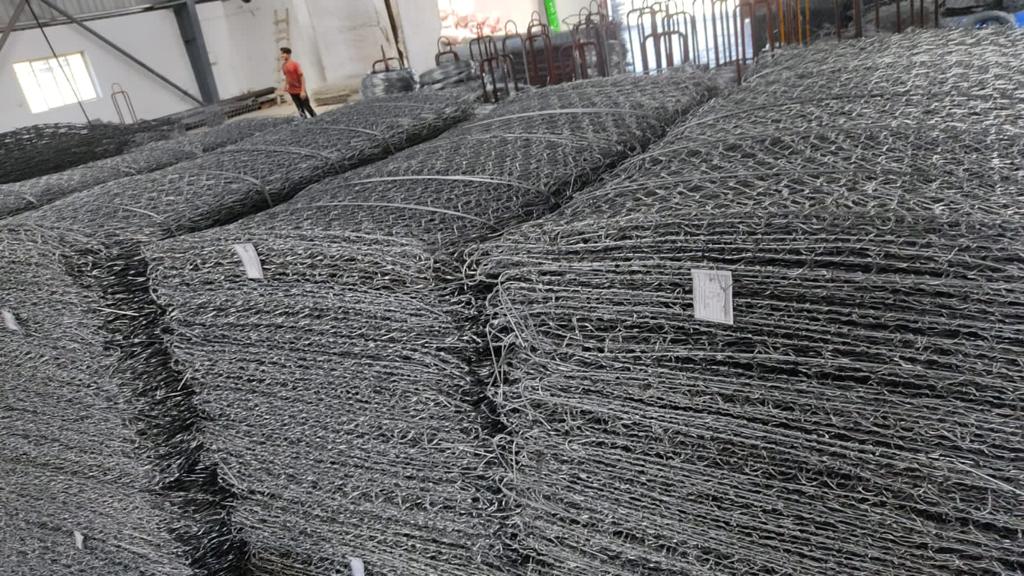


Gabion baskets are typically rectangular wire mesh baskets filled with small rock of approximately 200-300mm in diameter. The gabion baskets are often placed on top of one another in the form of a vertical or terraced retaining wall.

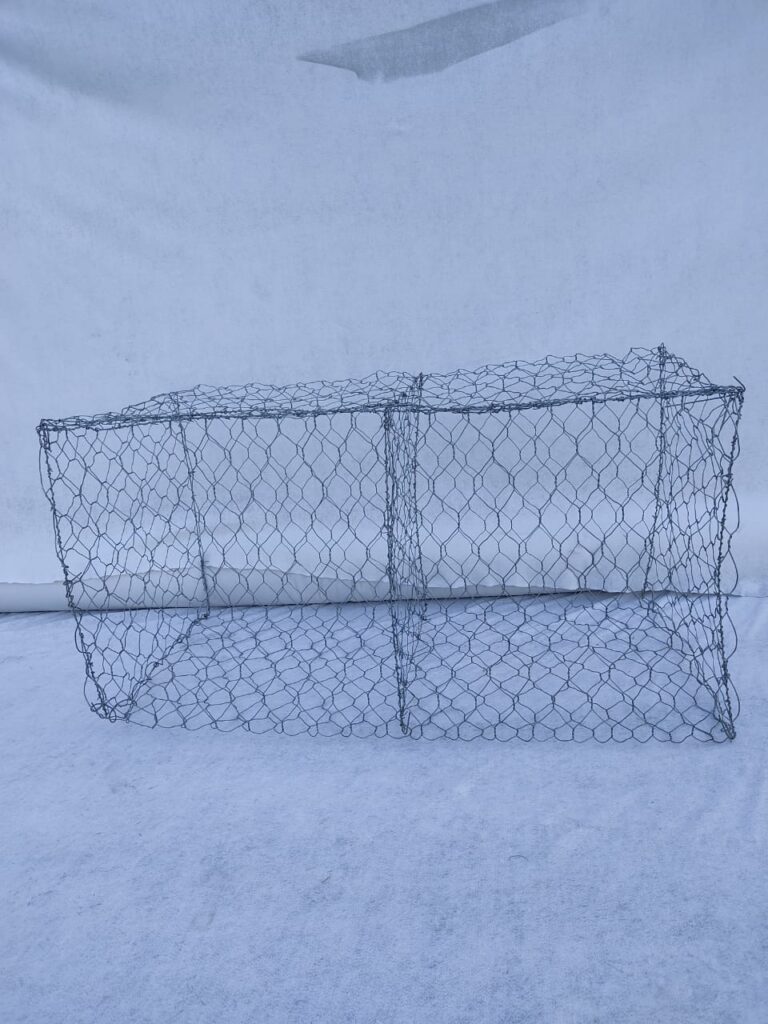
Gabion walls are formed by these gabion baskets, they are stacked and interconnected to form a robust structure capable of withstanding various forces. The wire mesh design allows for the free flow of water, making gabions an excellent solution for erosion control, drainage management and applications like slope protection, rockfall protection, ground improvement, embankment protection etc.
Gabion walls have emerged as a popular solution for various construction and landscaping needs. These unique structures offer a combination of strength, flexibility, and visual appeal that makes them an attractive choice for a wide range of applications.
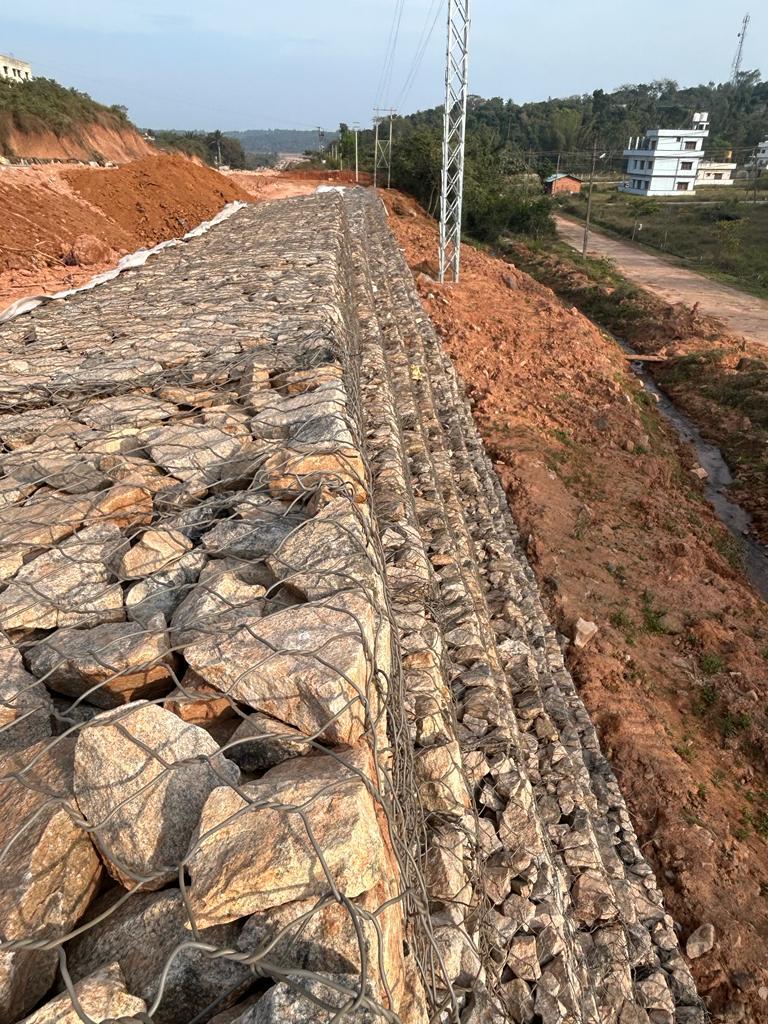
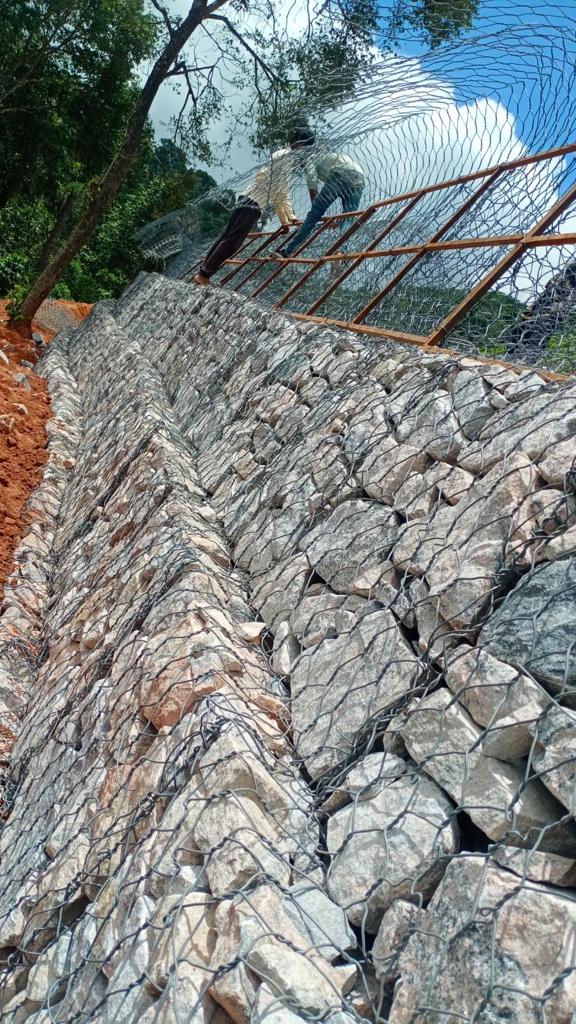
A simple observation of naturally occurring structures (e.g., bees’ nets or crystalline arrangement for metals) suggests that in any structural continuum, interlocking properties and individual unit shape determine overall structural performance. An extrapolation of this hypothetical principal in cellular-based retaining structures, e.g., gabion walls suggest the following two possibilities:
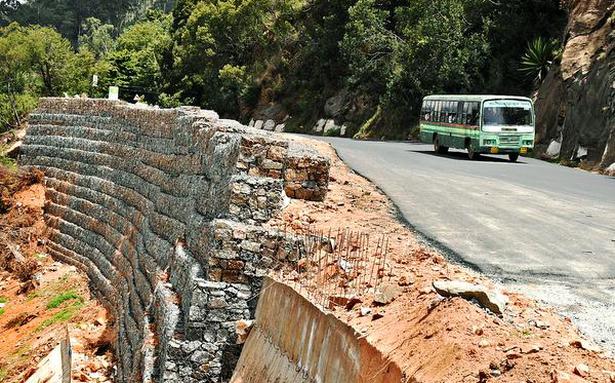
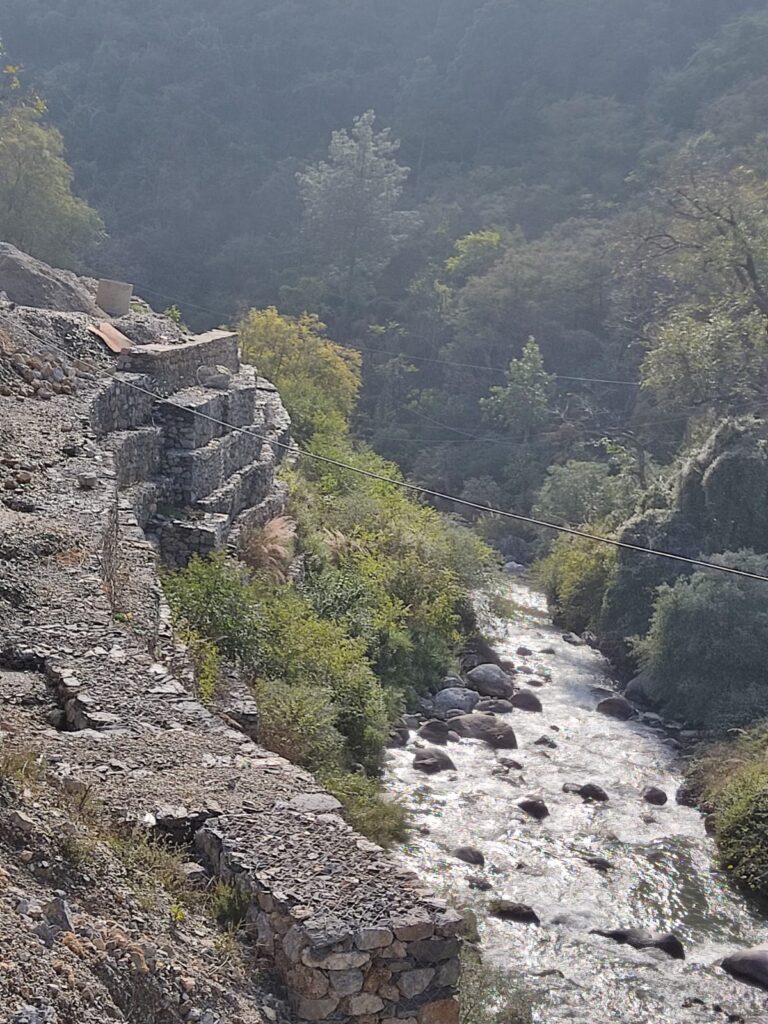
For gabion walls as compared to conventional walls provides improved durability and strength since these types of walls is made up of hexagonal gabion baskets which are later bonded together or tied together with the help of wires or other ropes. PVC or other polymer based binding wires are preferred to increase the durability of gabion walls. These walls are generally stepped back with the slope rather than stacked vertically. The durability of gabions walls depends on the lifespan of the binding material, irrespective of other factors. If the wire binder fails the whole structure will fail. Hence, most durable galvanized steel wires are majorly used
When designing gabion walls, several factors need to be considered to ensure their effectiveness and stability. Here are the key factors to keep in mind:
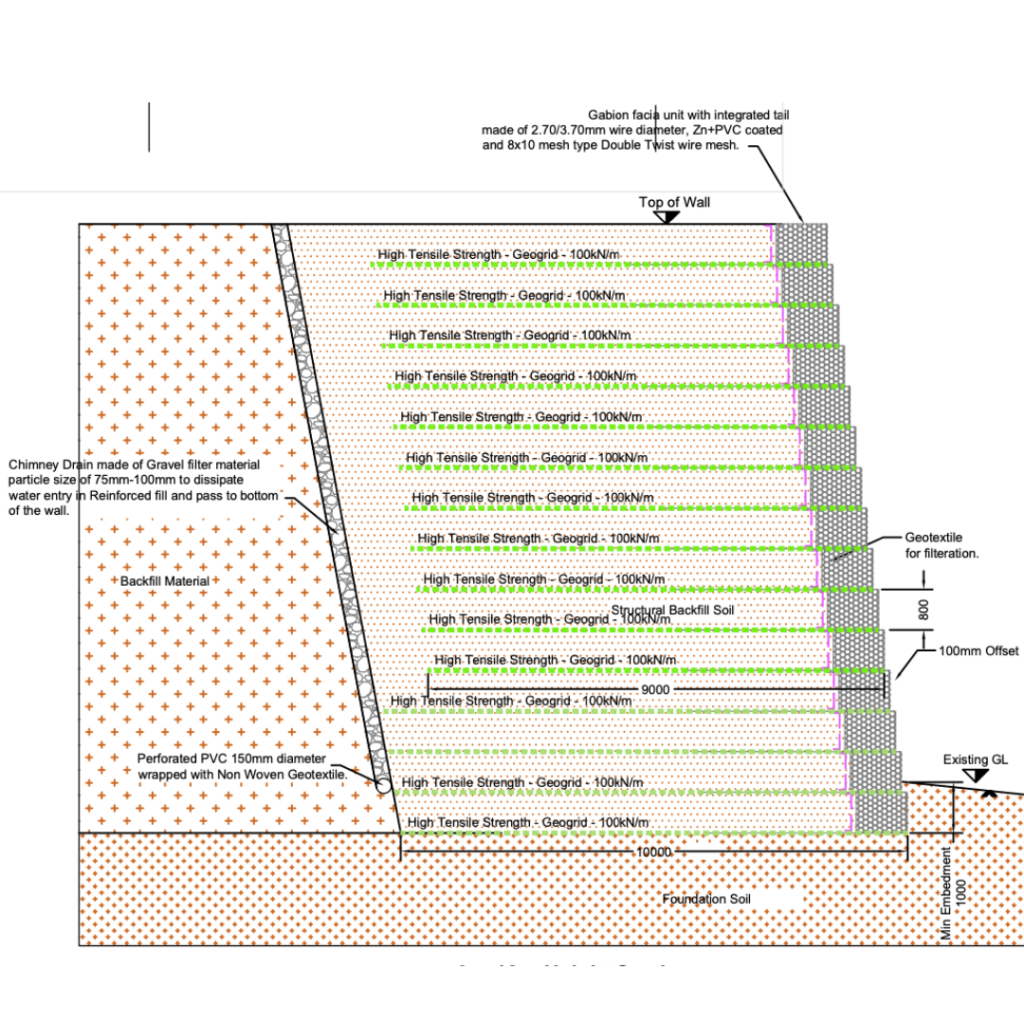
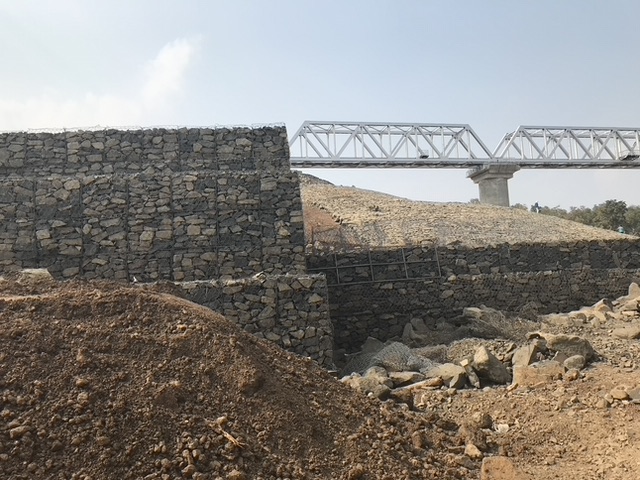
Gabion walls have revolutionized the field of construction and infrastructure with their unique combination of strength, versatility, and aesthetic appeal. Whether it’s erosion control, retaining walls, or landscape design, gabion walls offer a sustainable and cost-effective solution. Their durability, flexibility, and ability to blend with the environment make them a popular choice among architects, engineers, and geotechnical solution providers alike.


